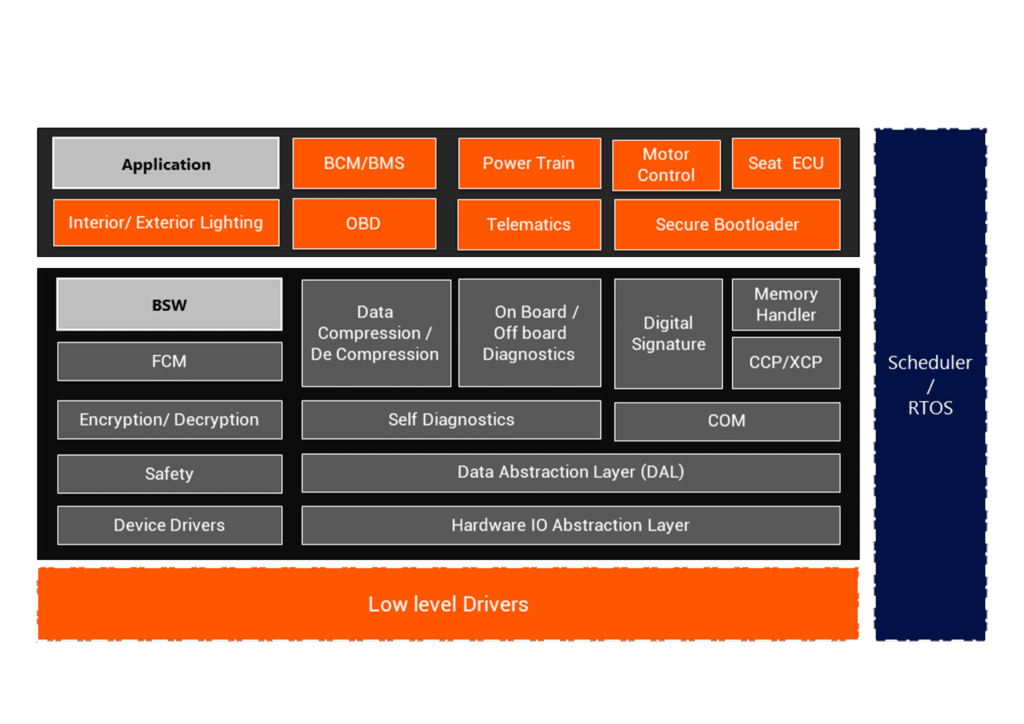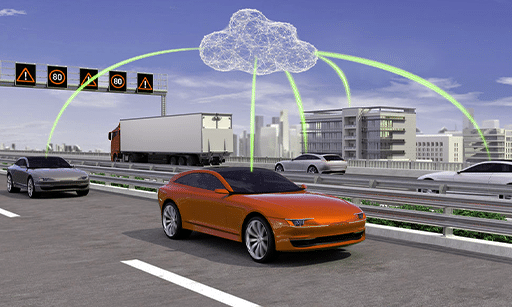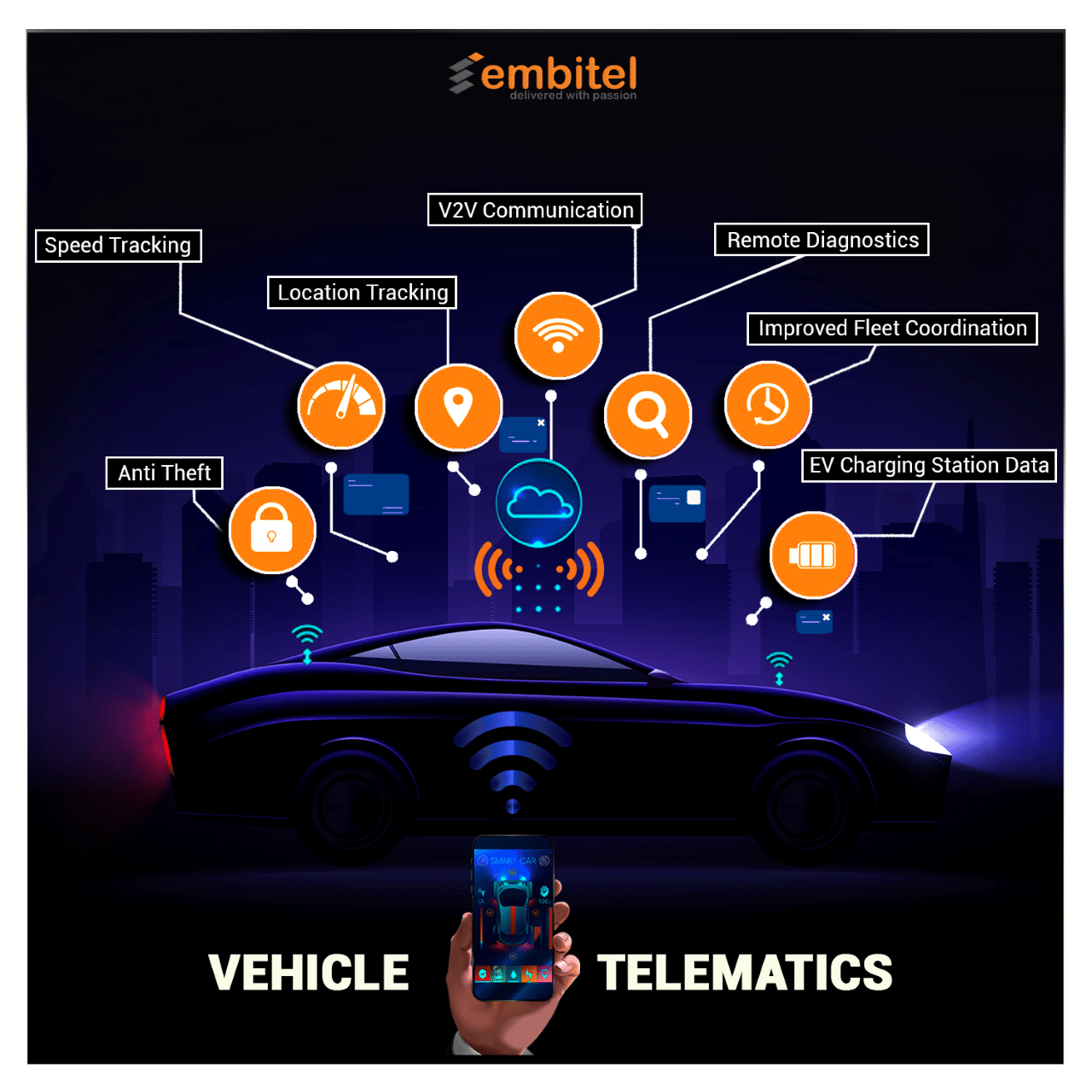Development of an Invite-Only Website with Progressive Web App for a Leading F&B Retailer
Category : Digital Commerce , Food & Beverage
About the Customer
The customer is a leading multi-brand F&B group based in the Middle East, offering retail and distribution services. The brand was our long-standing customer with whom we have collaborated for several years for the successful delivery of various digital commerce solutions and services.
Business Challenge
After the success of their retail initiative for wholesale distribution of premium beverages, they ventured into an invite-only program entirely focusing on their exclusive customer community.
They wanted to launch an invite-only app to deliver great shopping experience and exclusive benefits to premium customers.
Embitel , as their long standing ecommerce Implementation partner , and based on the trust gained on our strong understanding of their Business process, was their obvious choice.
Embitel Solution
A team from Embitel consisting of digital commerce consultants and solution architects conducted an ecommerce consulting workshop with the customer team. After a detailed review of the customer’s requirements and digital health of their business, the teams decided to develop a Progressive Web App based solution on Magento 2 to render the required services to the niche invite-only user community.
In the following section, we provide a brief summary of the ecommerce solution developed and delivered by the Embitel team.
- Magento Commerce Cloud as Ecommerce Engine: As part of the solution, commerce engine was developed in Magento Commerce Cloud. Key modules including Customer invitations, Catalog Display, Cart & checkout management and payments, Promotions & order capture were maintained in Magento.
- Progressive Web App development: Store front was developed in ReactJs with PWA capabilities, while ensuring that APIs are being used as single place for Mobile apps and website.
Further, as part of the solution, they developed 4 Progressive Web Apps to manage operations and fulfil the orders:
- Store Manager App: The store manager App, is used for seamless management ( in addition to track and view) of orders and their delivery slots, create the pick sequence and allot pickers, Approve the pick, Pack the order & create invoices. Store Pickup orders also were managed from this application. Through this app, the Store Manager can cancel the orders on request.
- Picker App: This is an exclusive app for the order picking purpose. Pickers can login to the app, view orders for pick, prioritise, pick and allot back to store manager for verification. As part of pick process, picker is allowed to find substitute for items , which are unavailable in the inventory, and even hold the task , if required.
- Hub Manager App: This was used for centralized management of delivery fleet across all stores. Hub Manager is the heads the Centralised Delivery team. All the invoiced orders are listed to Hubmanager for delivery, who is responsible for allocating dedicated delivery agents for these orders, allot vehicles for a given set of order to deliver, monitor the order delivery, manage order re-conciliation and returns. Hubmanager is also assigned as ecommerce manager, so that he gets the complete view of orders across stores.
- Rider app: This is a last-mile Delivery app loaded with multiple features. When a delivery task is created and assigned to a specific Delivery agent. He/she gets notifications to accept or reject the task. Once accepted, he/she can view the order delivery details like customer location, address, phone number etc.
The App enables the delivery agent/rider to navigate to the destination, put the order on hold – on request, accept payment with multiple payment methods like Cash, Card, etc. In addition, the rider can also notify the customer in case of a delay in delivering the order.
- Product & Digital Asset Management: Next a Digital Asset Management (DAM) module was created using PIMCORE for efficient management of product information and digital assets associated with the ecommerce solution. PIMCORE was used for:
- Product Information enrichment using workflow: PIM workflow was defined to enable collaborative product data enrichment across the teams. This ensured that any team( marketing, product, ) responsible for the specific enrichment task can seamlessly make channel-specific changes.Such a workflow also esured that chances of publishing erroneous or incomplete information are minimized.
- Category management: Since the customer operated in a multi-store model, where each product is made available and sold in all of its outlet, managing the location-wise categories was always a challenge. With the Pimcore this challenge was efficiently addressed.
- Master data management: Management of information such as store master data, delivery slot master data, warehouse/store user information, delivery location and zones, etc.
- Language translations: Pimcore allows centralized management of content localization and translation , thus making the webpage content available in different languages.
- Integrations: The web app was integrated with various third-party platforms and services to deliver a comprehensive customer experience. This included:
- CRM integration with Salesforce for better management of contacts, conversion events, sales and other critical data to drive strategies that enhance customer services and loyalty.
- ERP Integration with ERP Gold for synchronized, automated management of key modules like order processing, inventory, and shipping.
- Oracle Integration for financial accounting purpose: Ecommerce transactions are integrated with Oracle for centralized accounting purposes.
Magento Multi-Source Inventory (MSI) was implemented as an Omnichannel solution to manage order pickup from the brand’s multiple storage locations. For the Frontend, an headless Magento approach was used for a seamless front end performance.
Embitel Impact
- The new omnichannel solution gave high visibility and accurate availability of products to their customers. Needless to say, the online solution greatly helped the customer in expanding their customer reach.
During the pandemic, as digital commerce emerged as one of the popular channels for ordering, there was a spike in the number of orders. With this omnichannel solution, the brand was able to efficiently manage the orders with minimal resources, business was able to manage the orders with minimal resources
The web application enabled a seamless and unified solution for end-to-end management of each order, right from inventory to customer delivery to reconciliation.
- The solution enabled automated, data-driven management of the entire order management process including picking, packing, and shipping.
- The digital solution offers immense scope for future scalability, enabling the brand to expand their order fulfilment centres to more locations.
Tools and Technologies:
- Magento 2 Commerce Cloud
- React.JS: Front-end framework for PWA implementation
- Magento Security Scan Tool: To monitor the ecommerce web app security
- Pimcore: Product information and catalogue management
- PhraphQL: API layer for the headless






 Compatible with Magento Enterprise Edition (EE), “Split Order” enables the admins to generate separate invoices and shipments for every ordered item. In addition, the extension also enables admins to split and apply separate shipping charges and taxes for each order. With the extension the e-store customers receive separate order ids for each order, so that they can view and track them separately.
Compatible with Magento Enterprise Edition (EE), “Split Order” enables the admins to generate separate invoices and shipments for every ordered item. In addition, the extension also enables admins to split and apply separate shipping charges and taxes for each order. With the extension the e-store customers receive separate order ids for each order, so that they can view and track them separately.








 Fleet management is the process of continuously monitoring a fleet and utilizing asset information to reduce costs, improve efficiency and ensure compliance.
Fleet management is the process of continuously monitoring a fleet and utilizing asset information to reduce costs, improve efficiency and ensure compliance.
















